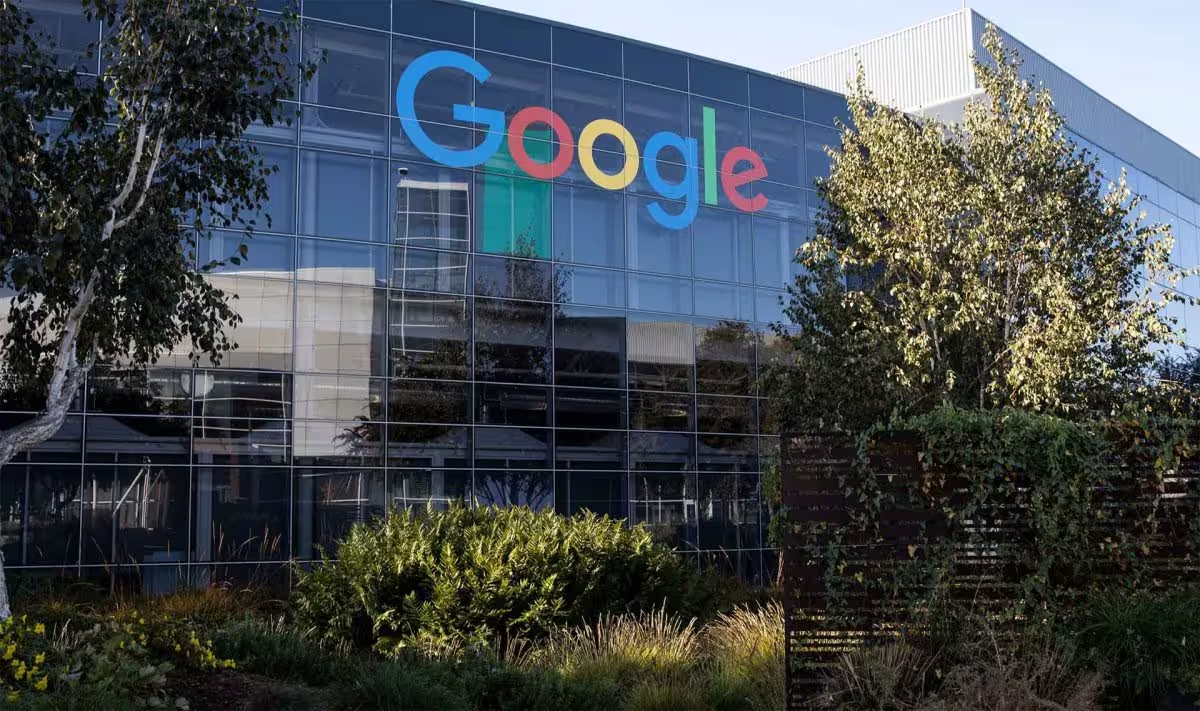4 Minutes
Google tests QR code verification to replace SMS codes for safer messaging
Google is piloting a QR code–based verification system that could reduce reliance on traditional SMS codes for authentication. Announced in reports following Google’s 2025 announcements and now entering beta testing, the new verification flow aims to make text messaging and sign-in processes more secure and less vulnerable to interception, SIM-swapping, and other telecom-targeted attacks.
Why Google is moving beyond SMS
SMS-based two-factor authentication (2FA) and verification have long been popular because they’re simple and carrier-backed. However, cybersecurity researchers and industry leaders have repeatedly flagged SMS for its weaknesses: messages can be intercepted, accounts can be hijacked through SIM swapping, and attackers can exploit carrier systems in high-pumping fraud schemes. With phishing and account takeover attempts on the rise, Google’s experiment reflects a broader industry push toward stronger authentication alternatives.
How QR code verification works
The QR verification method displays a scannable code on the screen—when the user scans it with their smartphone camera, the device and identity are cryptographically confirmed, removing the need to receive or manually enter a text code. This approach ties authentication to the physical device and a secure session, making it harder for attackers to intercept the code or redirect messages through carrier-level exploits.
Product features and rollout
- Beta availability: Google has begun limited rollouts to test the flow and gather telemetry and UX feedback.
- Device binding: QR scans can pair the browser or web session with a verified mobile device.
- Reduced carrier dependence: The model avoids relying exclusively on telecom-provided SMS delivery.
- Interoperability: Works alongside existing authentication options such as passkeys and app-based authenticators.
Comparisons: QR verification vs. SMS codes and passkeys
Compared with SMS codes, QR verification significantly reduces exposure to SIM-swap and message interception attacks. Against passkeys and dedicated authentication apps, QR codes provide a more visual, simple option that doesn’t require pre-installing an authenticator on every device—though passkeys still offer robust phishing-resistant cryptographic sign-in. For many users and enterprises, QR verification represents a middle ground: better security than SMS with lower friction than some advanced cryptographic solutions.

Advantages and security benefits
Key advantages include:
- Improved resistance to phishing and account takeover attempts.
- Lower dependency on carriers, limiting the attack surface for telecom fraud.
- Simplified user experience—scan and confirm instead of copying codes.
- Compatibility with existing Google account security ecosystems like passkeys.
Use cases and practical adoption
QR verification suits scenarios where users log in from shared computers, public terminals, or new devices. Enterprises can adopt the flow to secure internal tools without forcing employees to use SMS. Consumer services—banking, e-commerce, and messaging—can also benefit by offering QR options as part of multi-factor authentication strategies.
Market relevance and industry trend
Google’s testing underscores a larger market trend away from SMS as an authentication backbone. Major tech companies and security standards bodies are advocating for passkeys, FIDO2, and platform-backed authenticators. QR verification adds another practical layer to this migration, offering a user-friendly path for organizations and consumers to improve secure messaging and sign-in flows without full-scale infrastructure changes.
As Google iterates on the beta, expect deeper integration with Google Accounts, clearer developer documentation for implementing QR verification, and continued emphasis on phishing-resistant authentication across web and mobile platforms.
Source: wccftech


Leave a Comment